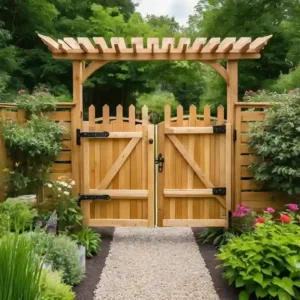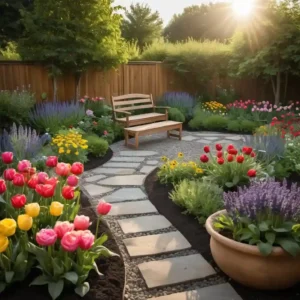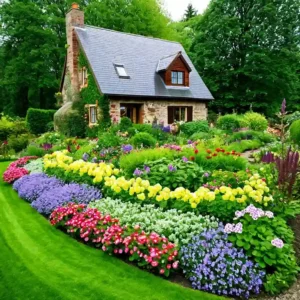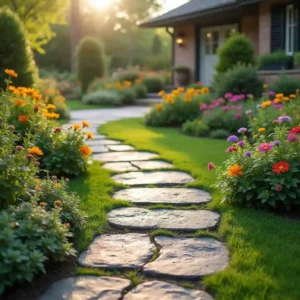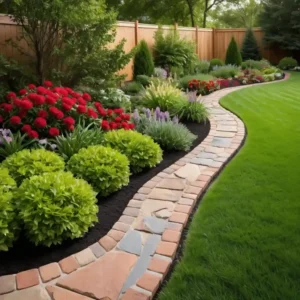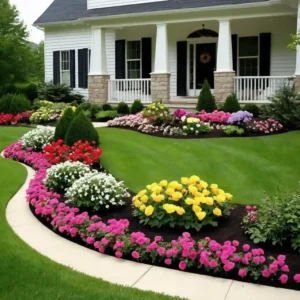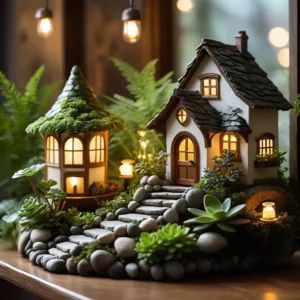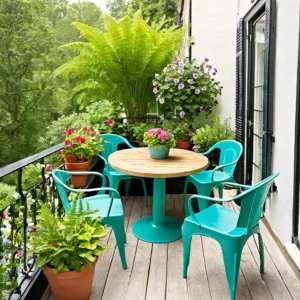Introduction
When it comes to designing a beautiful garden, tall perennial flowers are an excellent choice for creating structure, color, and texture. Not only do they add height, but they also provide the opportunity for continuous blooming, allowing your garden to be in full bloom from spring to fall. Tall perennial flowers can offer a dramatic effect, serving as the focal point in any garden layout, and they often attract pollinators like bees and butterflies.
Whether you’re a seasoned gardener or a beginner, choosing the right tall perennials that bloom throughout the year can help you create a garden that feels alive and vibrant. This guide will walk you through the best tall perennial flowers, tips for choosing the right ones, and how to care for them to ensure a stunning display throughout the seasons.
Why Tall Perennial Flowers Are Perfect for Your Garden
Adding Height and Structure to Your Garden
One of the primary benefits of incorporating tall perennial flowers into your garden is the added vertical interest they bring. By planting them at the back of flower beds or in strategic locations, you can create a dynamic garden layout that draws the eye upward and provides a sense of height. This is especially helpful in smaller gardens or areas where you want to make the most of your space.
Continuous Blooming from Spring to Fall
Unlike annuals, tall perennial flowers bloom year after year. The beauty of perennials is that they don’t need to be replanted each season. Many tall perennial bloom continuously from spring to fall, providing you with vibrant colors and an ever-changing display throughout the year. This continuous blooming is especially important for maintaining interest in your garden across different seasons.
Attracting Pollinators
Another reason to consider adding tall perennial flowers to your garden is that they attract pollinators such as bees, butterflies, and hummingbirds. These insects play a vital role in the health of your garden by helping flowers produce seeds and fruit. Tall perennials with continuous blooms offer a steady food source for these beneficial creatures throughout the seasons, from spring through fall.
How to Choose the Right Tall Perennial Flowers for Your Garden
Choosing the right tall perennial flowers depends on several factors, including the specific conditions of your garden. Here’s how you can make the best choice.
Know Your USDA Zones
Before selecting tall perennial flowers, it’s crucial to know your USDA zones. Different plants thrive in different climates, and knowing your zone will help you select flowers that are suited to your environment. For example, if you live in USDA Zone 6, you’ll need to choose plants that can tolerate colder temperatures, whereas Zone 8 plants are better suited to warmer climates.
Consider Sunlight and Soil Conditions
Most tall perennial flowers need full sun to grow and bloom effectively. However, some varieties can tolerate partial shade. Check the sunlight requirements of your chosen plants and ensure they’ll receive the right amount of light. Additionally, make sure your soil is well-drained and meets the needs of the specific tall perennial flowers you’re planting. Most perennials prefer slightly acidic to neutral soil, but always check individual requirements.
Choose Flowers for Continuous Blooming
If you want your garden to be in bloom from spring to fall, select tall perennial flowers that bloom at different times of the year. For instance, early spring bloomers like Tulips and Crocuses can be complemented by summer bloomers like Lavender and Coneflowers, and late bloomers like Chrysanthemums can fill your garden with color well into fall.
Best Tall Perennial Flowers That Bloom From Spring to Fall
Here are 21 of the best tall perennial flowers that will add beauty and color to your garden from spring to fall:
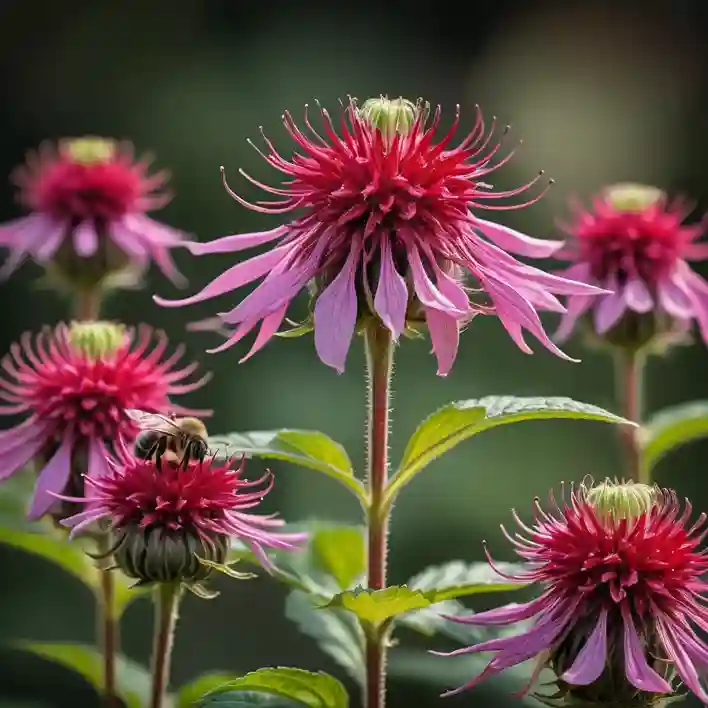
Bee Balm (Monarda) – A pollinator favorite, this flower blooms in late spring and continues into summer. It thrives in moist, well-drained soil and full sun.
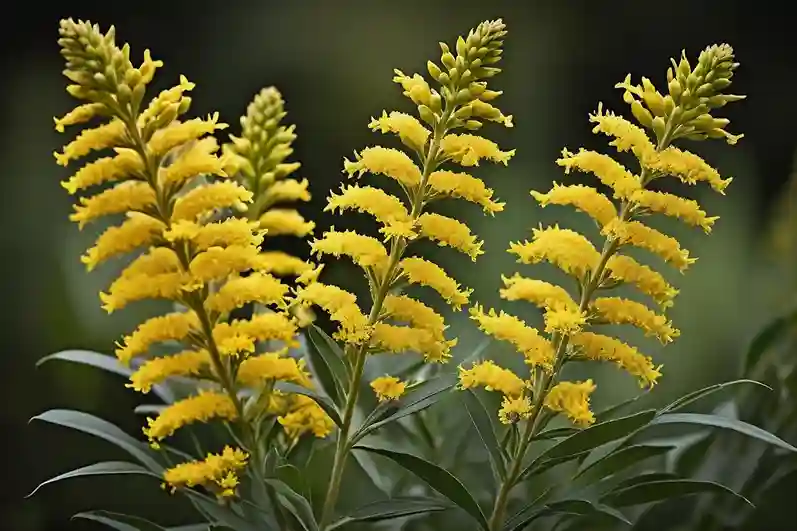
Goldenrod (Solidago) – Known for its striking yellow flowers, Goldenrod blooms in late summer and fall and is a fantastic choice for attracting bees and butterflies.
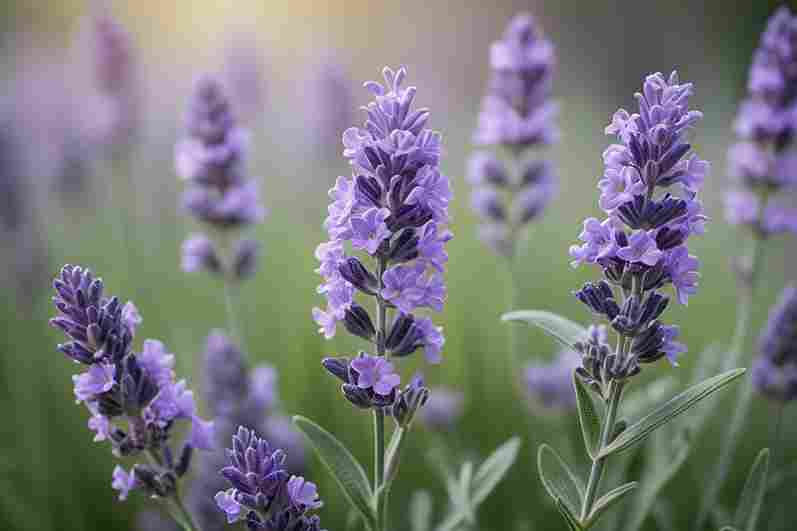
Lavender (Lavandula) – This fragrant flower blooms in late spring to early summer and is perfect for borders or as a cut flower.
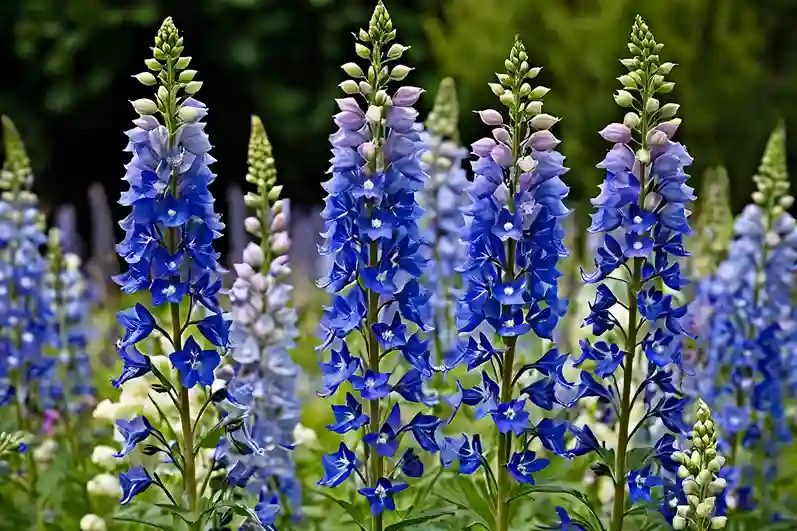
Delphinium (Delphinium elatum) – A stunning flower that grows tall and blooms in early summer, Delphinium is available in various colors like blue, purple, and white.
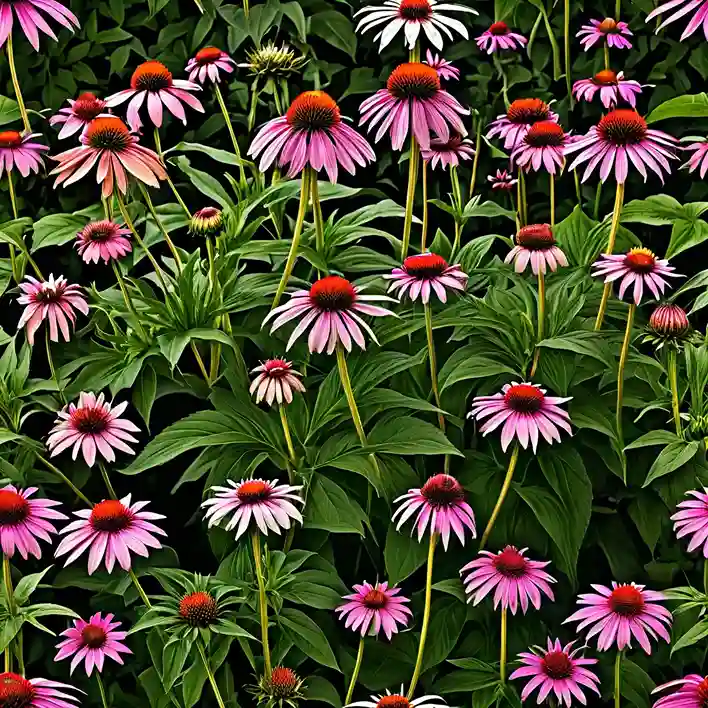
Echinacea (Coneflower) – Known for its pink or purple petals, Echinacea is a hardy flower that blooms from mid-summer to fall and is a favorite of pollinators.
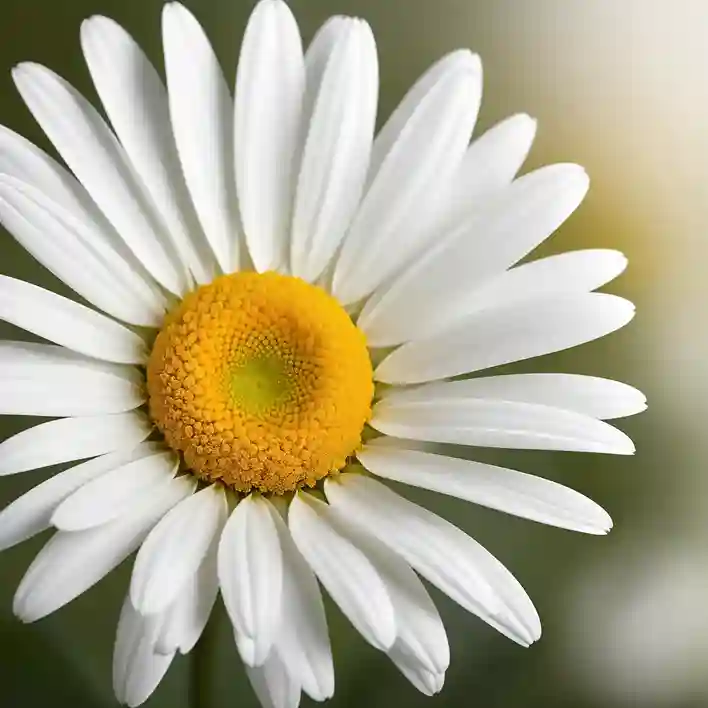
Shasta Daisy (Leucanthemum × superbum) – This classic flower blooms in summer, adding brightness to any garden.
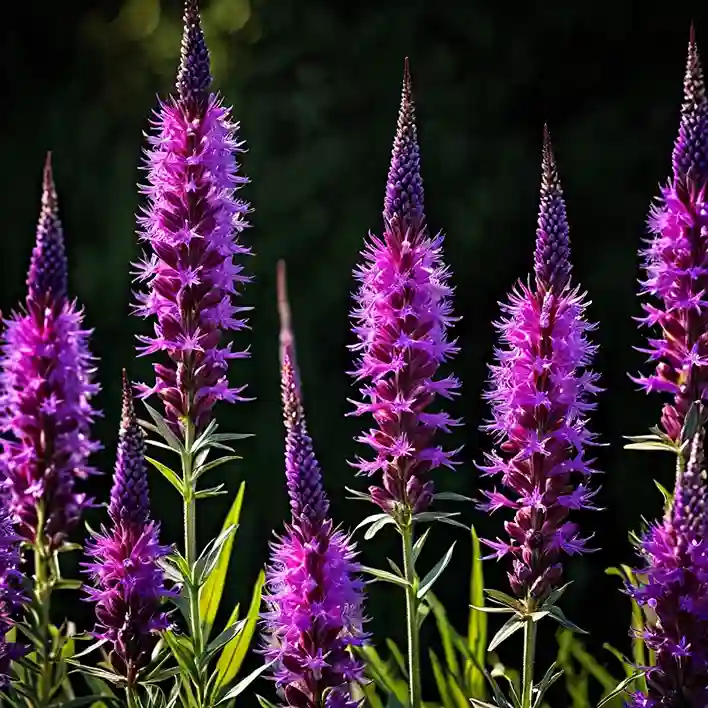
Liatris (Blazing Star) – A tall, spiky flower that blooms in mid-summer and attracts butterflies and bees.
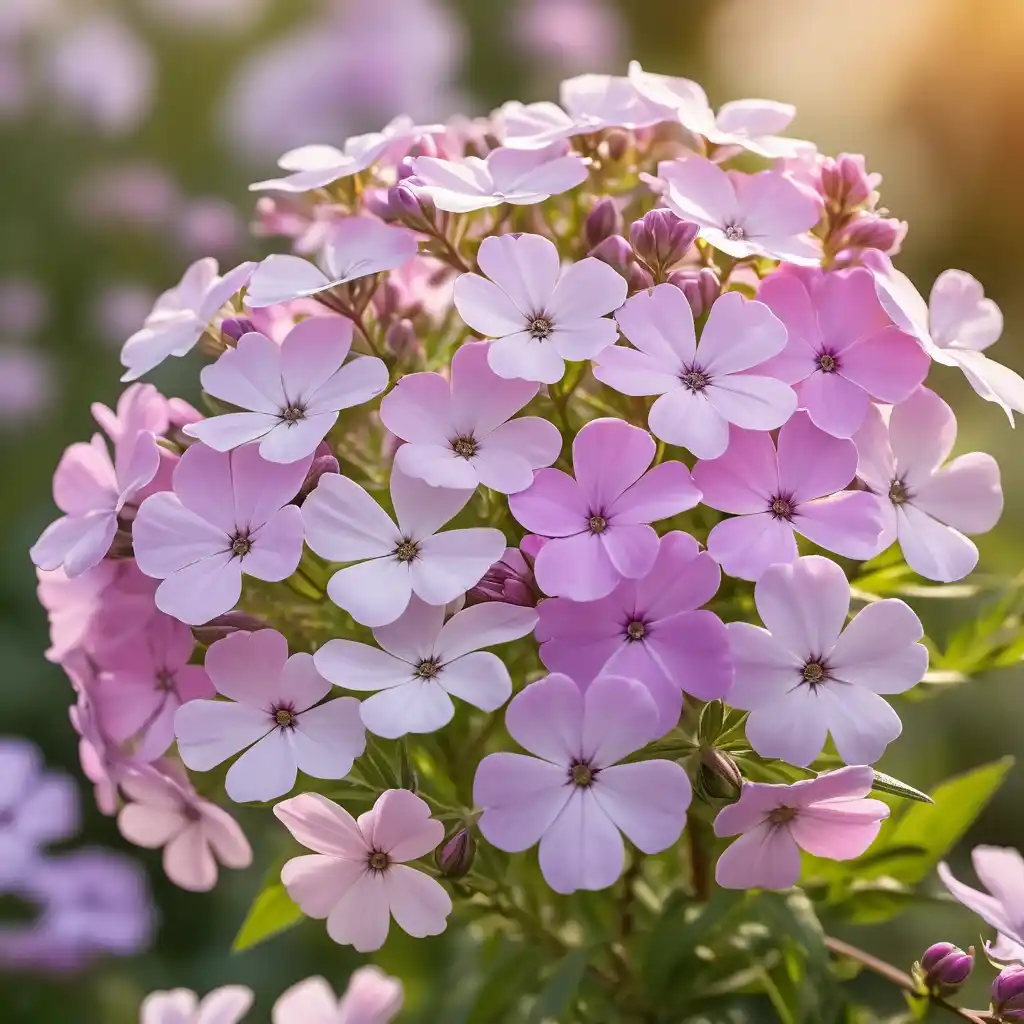
Phlox paniculata (Garden Phlox) – Blooms in late summer with vibrant pink, red, and white flowers.
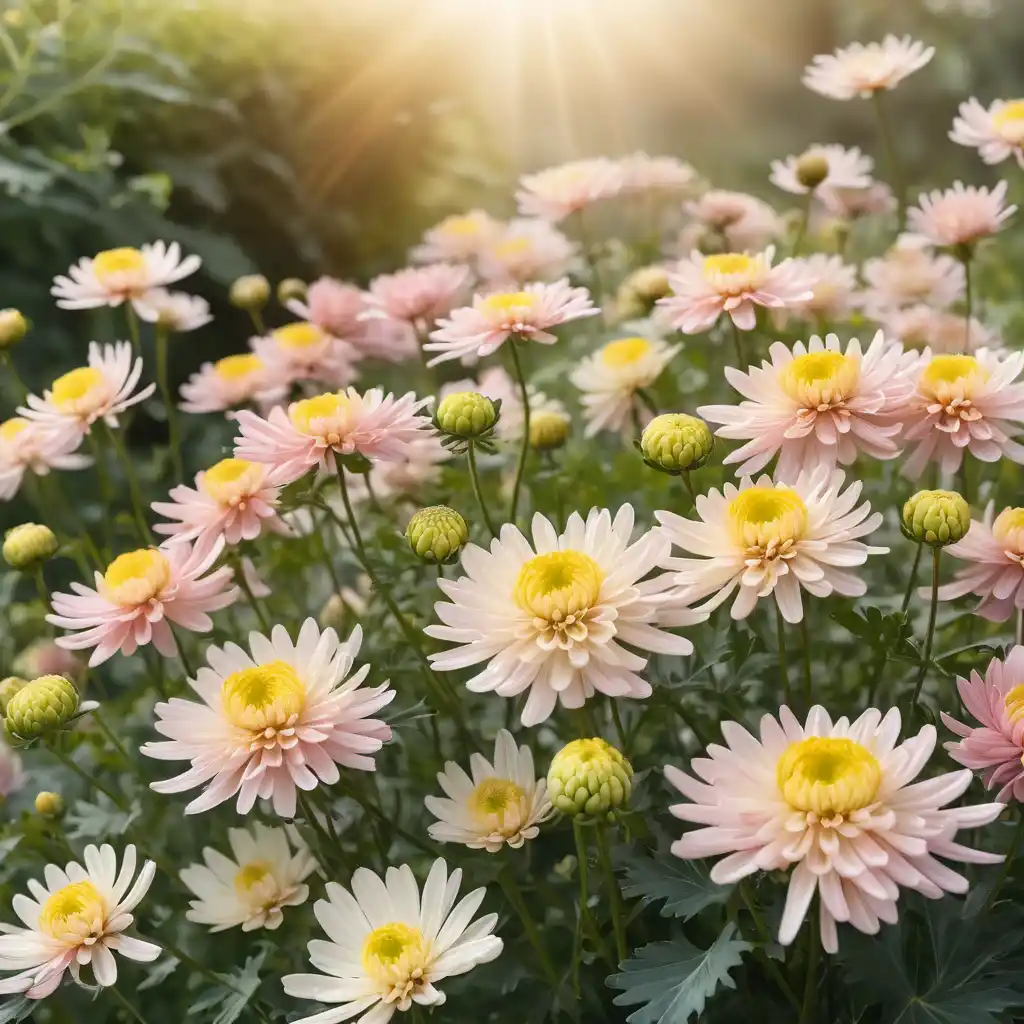
Chrysanthemum (Mum) – A fall favorite, Chrysanthemum blooms in late summer to fall, providing beautiful color during the cooler months.
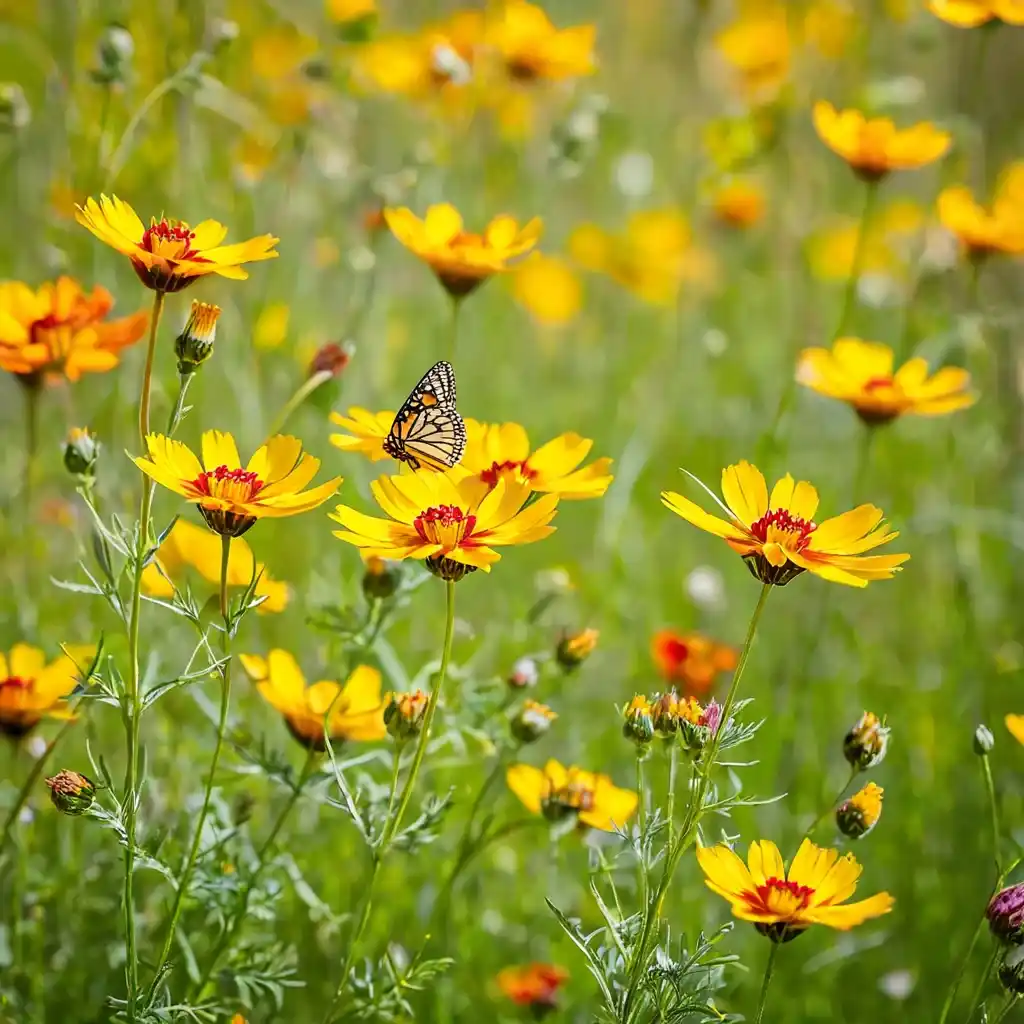
Coreopsis (Tickseed) – Known for its golden-yellow blooms, Coreopsis can bloom from early summer to fall.
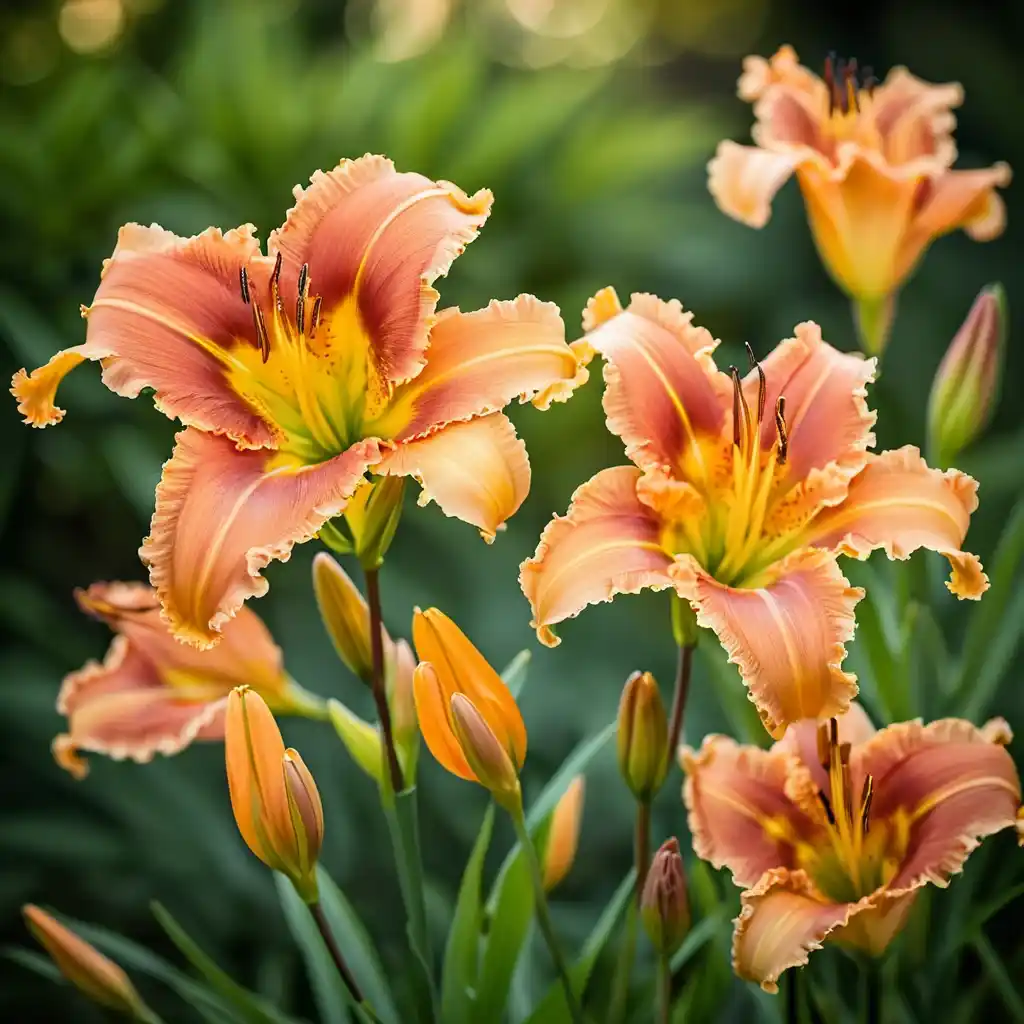
Daylilies (Hemerocallis) – These hardy plants can bloom for several weeks throughout the summer, offering a variety of colors.
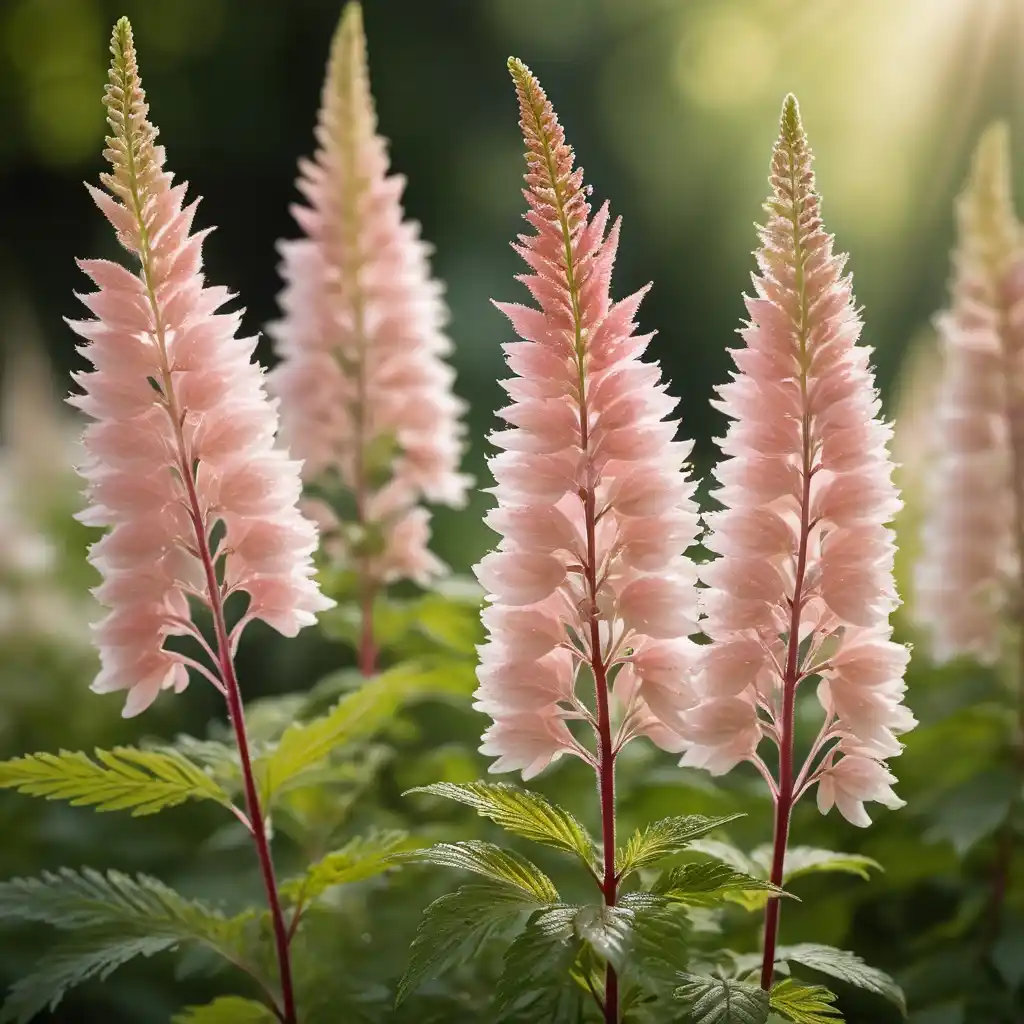
Astilbe (False Spirea) – Astilbe blooms in late spring and summer, with feathery plumes of pink, red, and white flowers.
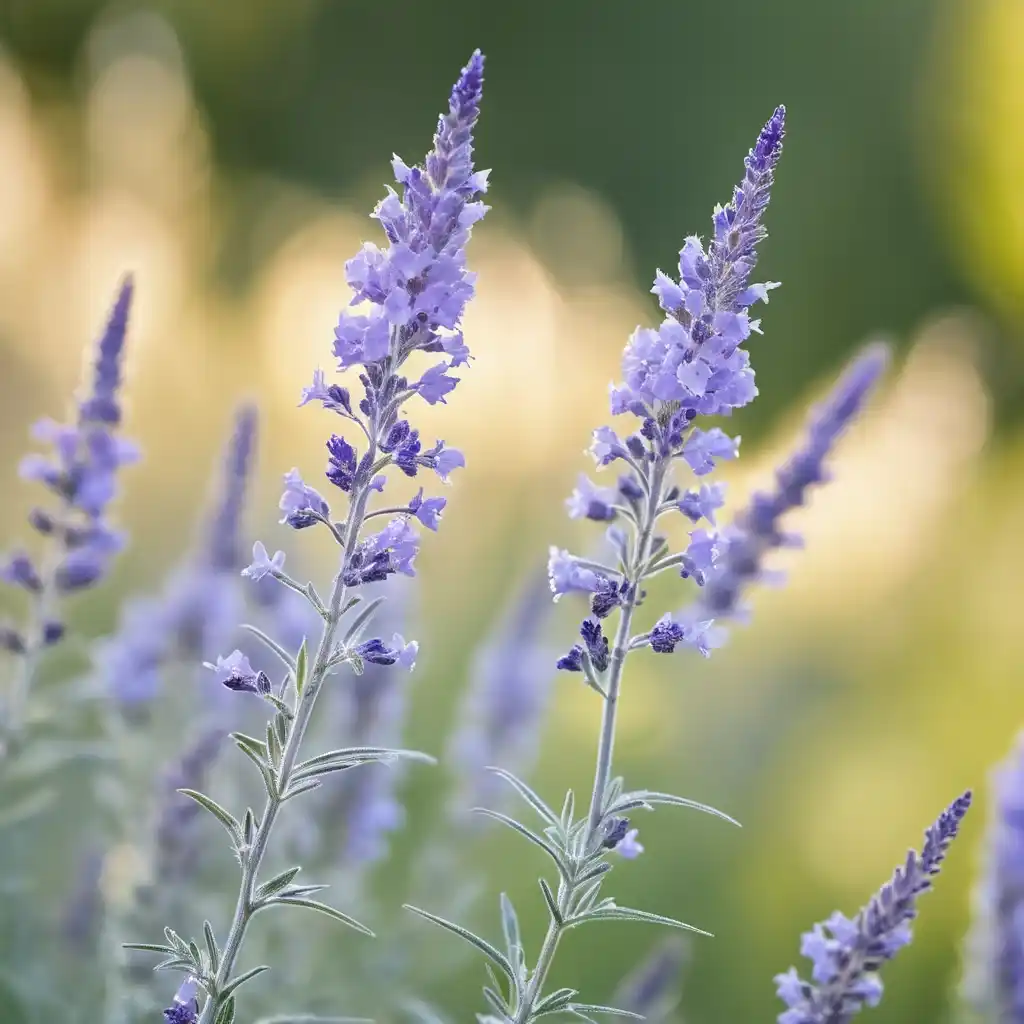
Russian Sage (Perovskia atriplicifolia) – A tall shrub-like perennial with silvery foliage and lavender flower that bloom in summer.
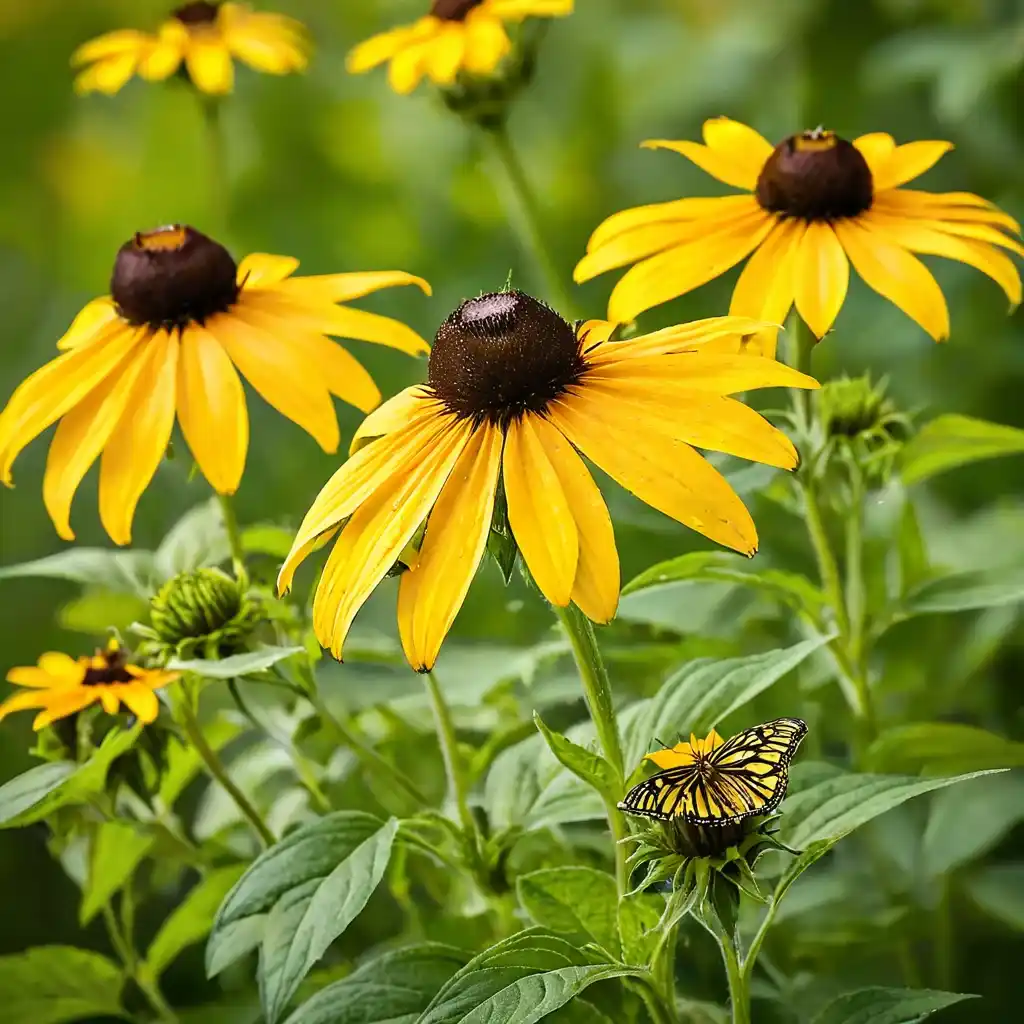
Black-eyed Susan (Rudbeckia) – A native perennial that blooms in summer and fall, with yellow flowers and a dark center.
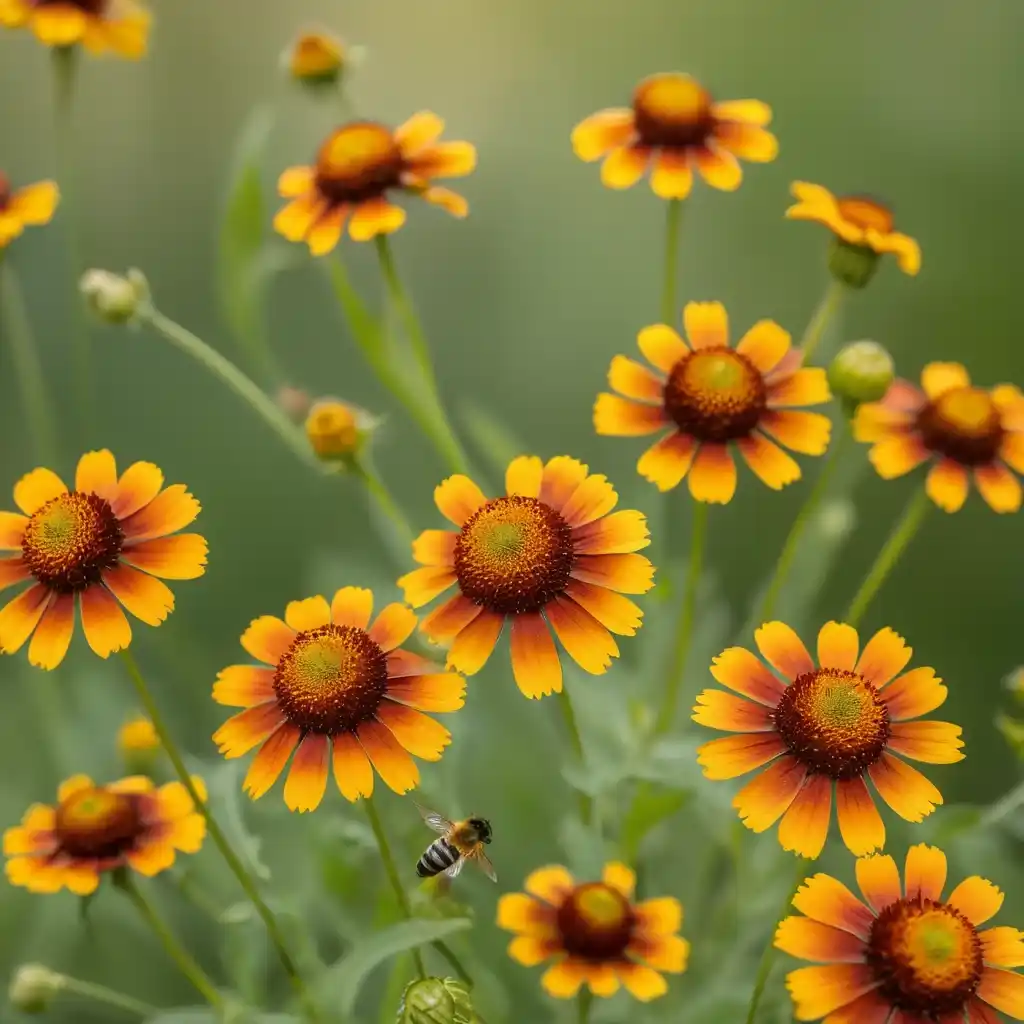
Helenium (Sneezeweed) – Known for its golden, orange, and red flowers, Helenium blooms in late summer and fall.
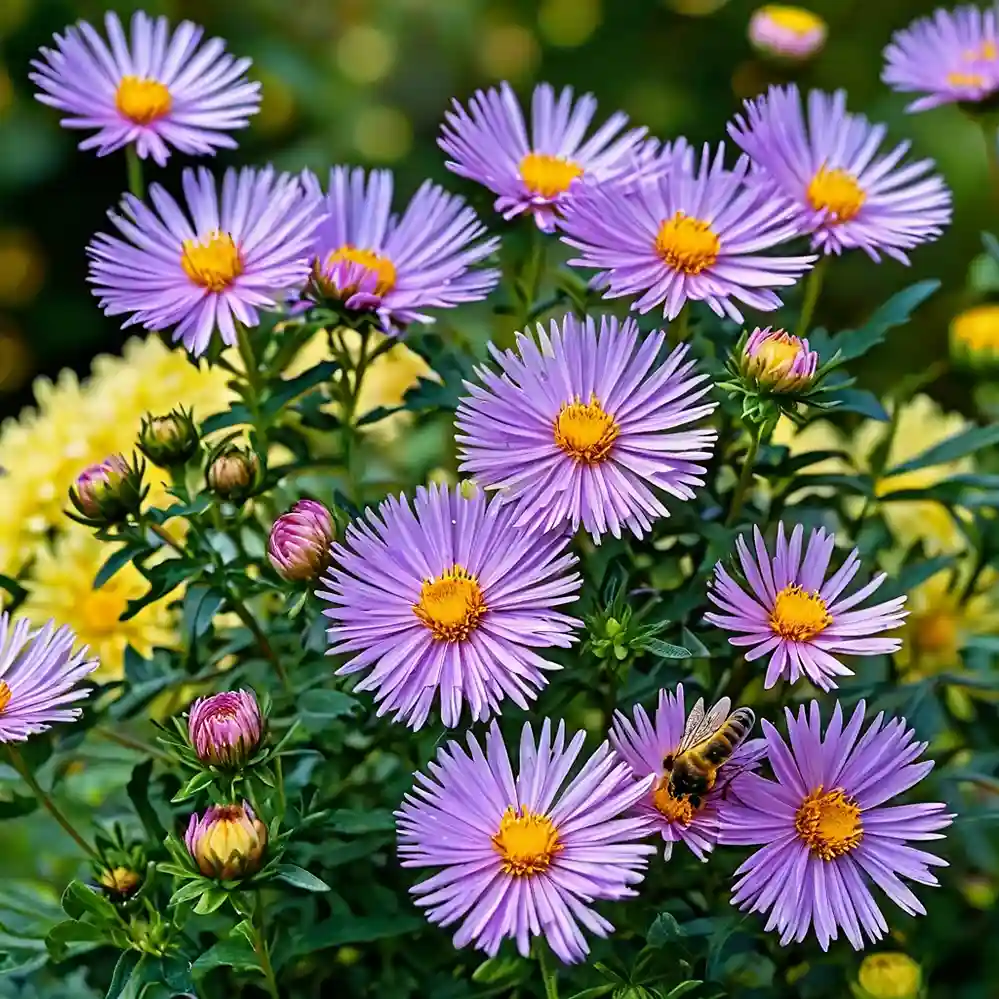
Asters (Symphyotrichum) – Aster varieties bloom in fall, providing color after most other flowers have finished.
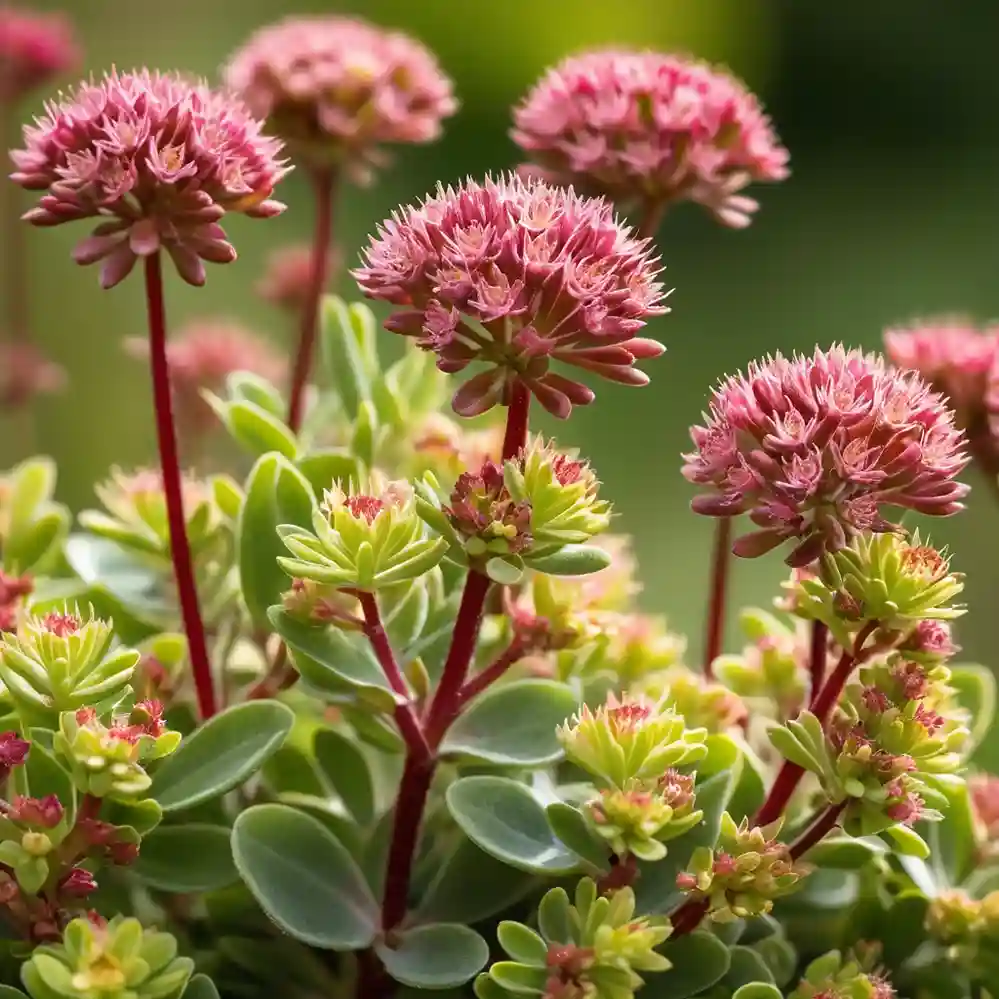
Sedum (Autumn Joy) – This succulent perennial blooms in late summer to fall and is known for its pink to red flower clusters.
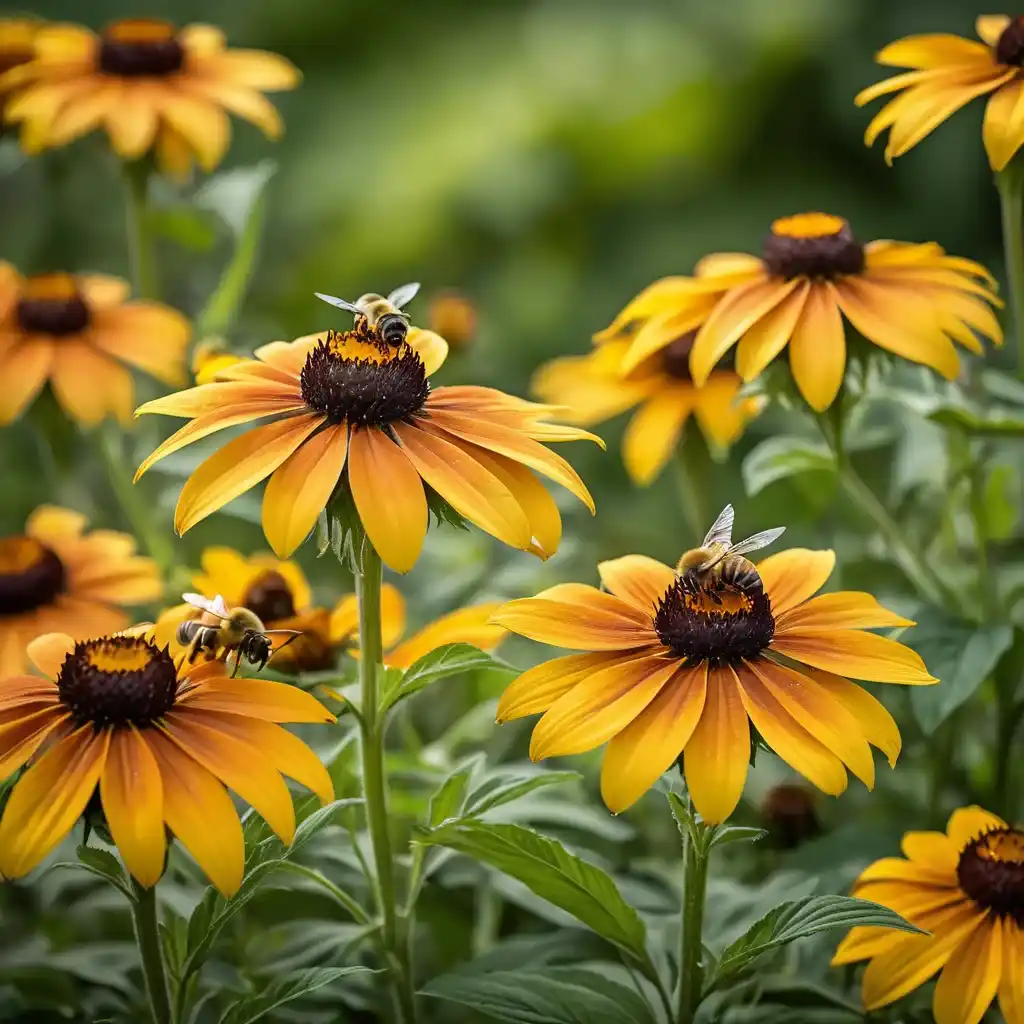
Rudbeckia hirta (Black-eyed Susan) – Another black-eyed Susan, this version is perfect for adding bold color in summer to fall.
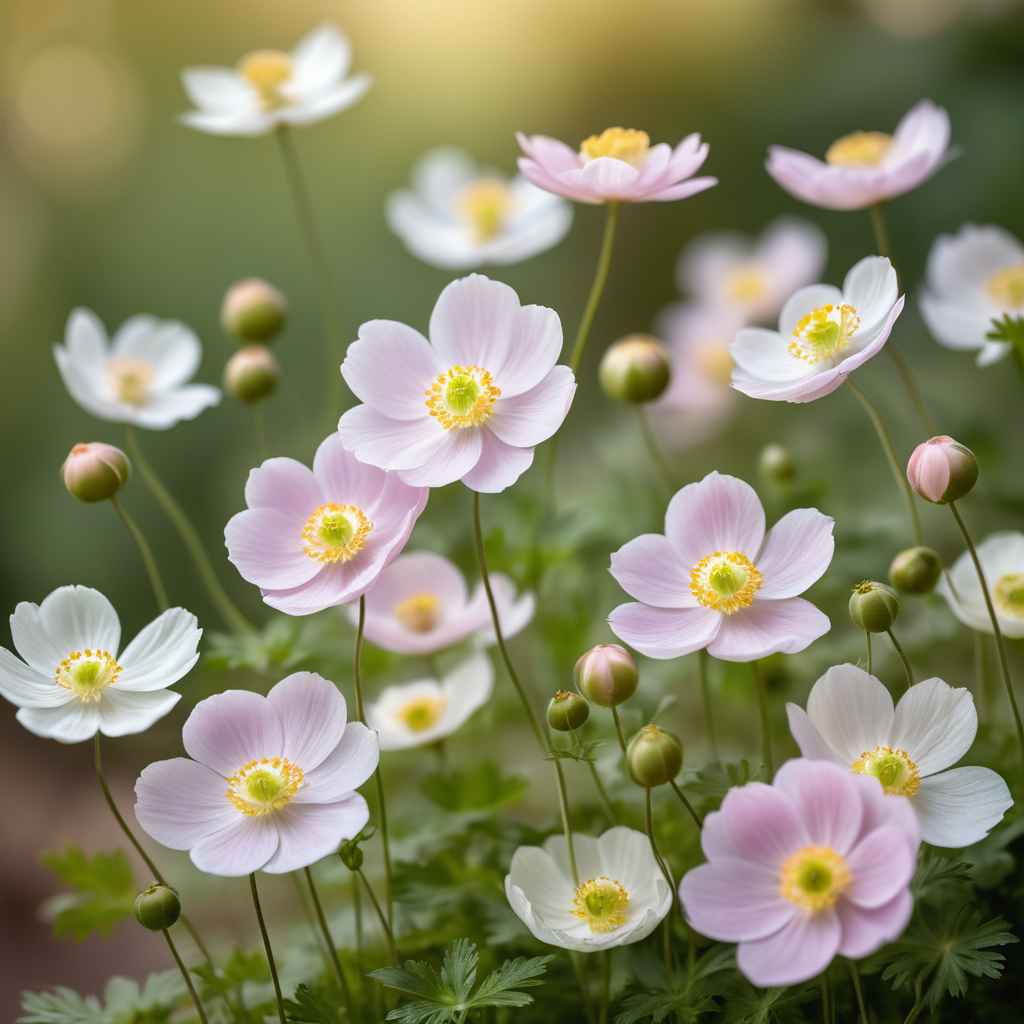
Japanese Anemone (Anemone hupehensis) – A beautiful late summer to fall bloomer with elegant white or pink flowers.
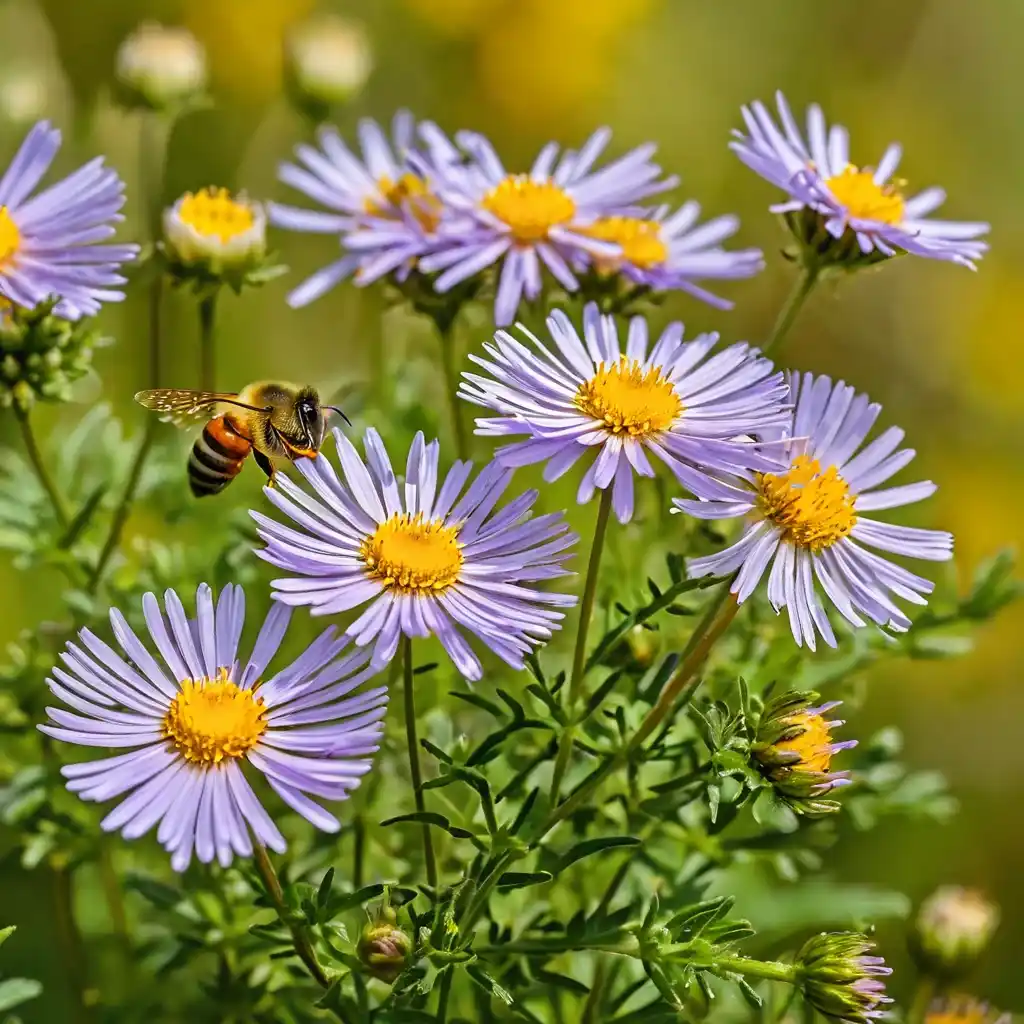
Tartarian Aster (Aster tataricus) – A late-blooming flower that brings color in fall with blue or purple petals.
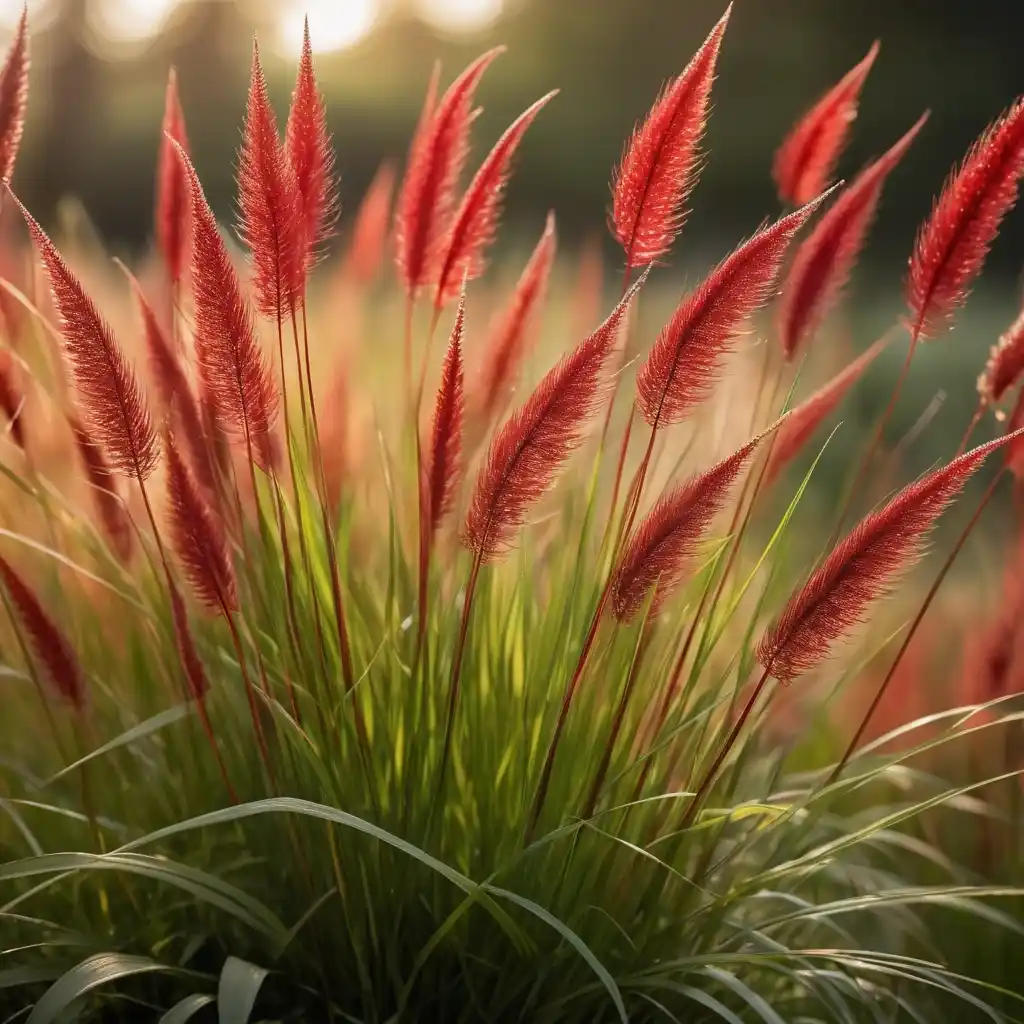
Japanese Blood Grass (Imperata cylindrica) – Known for its red-tipped foliage, this grass blooms in summer to fall, offering both texture and color.
Tips for Growing Tall Perennial Flowers in Your Garden
Providing Adequate Space
Tall perennial flowers need room to grow and spread. When planting, make sure to space them adequately to allow for air circulation. Overcrowding can lead to disease and poor growth.
Watering and Fertilizing
Water your tall perennial regularly, especially during dry spells. However, be careful not to overwater, as most perennials prefer well-drained soil. Fertilize once a year in early spring to give them a strong start, but avoid over-fertilizing as it can encourage weak growth.
Deadheading and Pruning
Deadheading, or removing spent blooms, helps encourage the plant to focus its energy on new growth rather than seed production. Some tall perennial may also need to be cut back in the fall to prepare for winter.
How Tall Perennial Flowers Can Attract Pollinators to Your Garden
Creating a Pollinator-Friendly Garden
Tall perennial flowers are excellent for attracting pollinators like bees, butterflies, and hummingbirds. These insects rely on flowering plants for nectar, and tall perennials offer a steady source of food throughout the growing season. To further encourage pollinators, avoid using pesticides, as they can be harmful to these important creatures.
Tall Perennial Flowers That Thrive in Different Zones
USDA Zones and Planting Tall Perennial Flowers
Knowing your USDA zones is essential for selecting the right tall perennial for your garden. For example, Zone 6 gardeners might consider planting Echinacea or Coreopsis, while Zone 8 gardeners might find success with Goldenrod or Shasta Daisy.
Using Tall Perennials Flowers in Garden Borders and Flower Beds
Designing with Tall Perennial Flowers
Tall perennial flowers are perfect for the back of garden borders or as statement pieces in flower beds. Their height creates a focal point and helps to anchor the design. Combine them with shorter perennials and annuals to create a layered, multi-dimensional garden.
Designing a Garden with Tall Perennial Flowers
Planning Your Layout
When planning your garden, think about the overall design and how tall perennial flowers will fit into your space. Keep in mind their height, blooming times, and sun requirements, and ensure that taller plants don’t overshadow smaller plants.
Conclusion: Making Your Garden Thrive with Tall Perennial Flowers
Incorporating tall perennial flowers into your garden is a wonderful way to add beauty, structure, and continuous blooming from spring to fall. These plants not only provide height but also attract pollinators and thrive in a variety of garden conditions. By carefully selecting tall perennial suited to your climate and garden style, you can create a vibrant, year-round garden that will delight both you and the creatures it attracts.
FAQs
1. How do I know if a flower is a tall perennial?
Tall perennials are typically those that grow above 3 feet in height. You can usually find this information in the plant description on seed packets or plant tags.
Some tall perennial flower thrive in partial shade, but most prefer full sun. Always check the plant’s sunlight needs before planting.
Water your tall perennials regularly, but make sure the soil is well-drained. Overwatering can lead to root rot.
The best time to plant tall perennials is in early spring or fall, when the temperatures are moderate and the soil is workable.
In colder climates, mulch around the base of your tall perennials to protect them from the winter cold. Some varieties may need to be cut back in the fall to help them survive the winter.
- DIY Garden Fence Ideas: Create a Simple & Stylish Pallet Fence
- Flower Garden Aesthetic: Perfect Flowers for Your Garden Bed and Raised Beds
- 11 Best Ground Cover Plants for a Weed-Free Garden
- 8 Best Garden Path Ideas: Cheap, DIY, and Stylish Designs
- Garden Edge: Inexpensive DIY Projects for Stunning Borders
- 11 Stunning Flower Bed Ideas: Creative Landscaping Designs for Any Garden
- Indoor Fairy Garden Ideas: Create a Magical Miniature World in Your Home
- 11 Balcony Garden Ideas for a Green Oasis: Transform Your Small Outdoor Space


